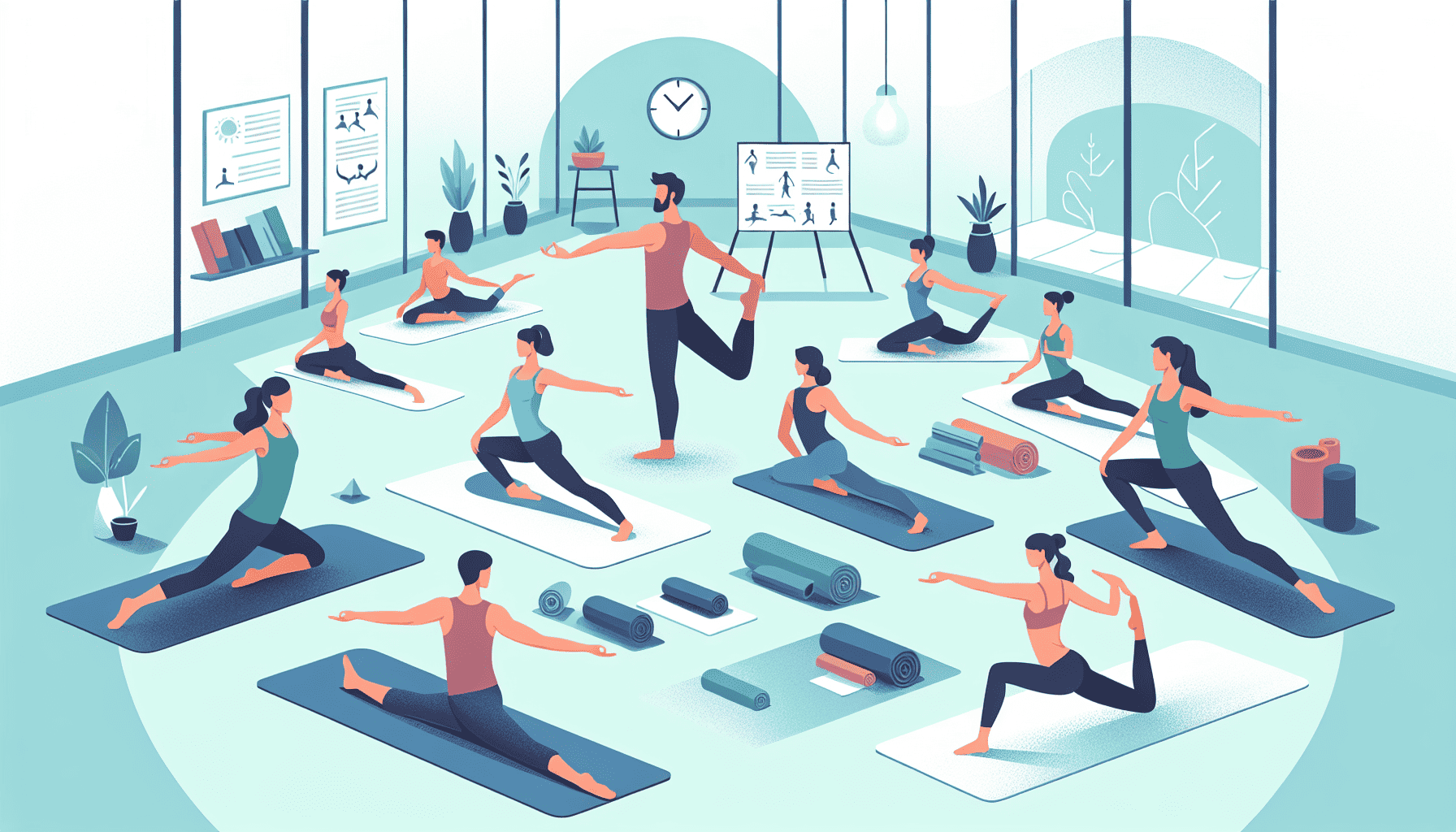Embarking on a yoga journey is an incredible step towards achieving better physical health, mental clarity, and overall well-being. Often, this ancient practice is perceived as merely a series of physical exercises. However, yoga offers so much more than just improving flexibility and strength. It provides a holistic approach to achieving harmony between the mind, body, and spirit. For beginners, understanding the essence of yoga and some foundational practices can be a transformative experience. This guide aims to offer insights and basic techniques for those who wish to start their yoga journey effectively.
Understanding Yoga
At its core, yoga is a practice of mindfulness, incorporating breath control (pranayama), meditation, and physical postures (asanas) to connect body and mind. Its roots can be traced back thousands of years in ancient India, and it is designed to create strength, awareness, and harmony in both body and mind. The beauty of yoga lies in its adaptability to individual needs and its focus on self-awareness.
Preparing for Your Yoga Practice
-
Set Your Intentions: Before beginning your practice, take a moment to understand why you wish to start yoga. Whether it’s to improve flexibility, reduce stress, or enhance mindfulness, having a clear intention will help guide your journey.
-
Create a Dedicated Space: Find a quiet and comfortable space where you can practice yoga without interruptions. Having a peaceful environment ensures that you can fully concentrate on your practice.
-
Get the Right Gear: Invest in a good-quality yoga mat to provide cushioning and grip. Wear comfortable clothing that allows free movement. Props such as blocks, straps, and bolsters can be useful for beginners to ease into postures.
Basic Yoga Practices
-
Breathing Techniques (Pranayama): Controlling your breath is a fundamental part of yoga. Begin with deep belly breathing or Dirgha pranayama. Inhale slowly through your nose, filling your abdomen, and then exhale gently. Focus on the rhythm of your breath to calm the mind.
-
Warm-up Postures: Start with gentle warm-up exercises to prevent injury. Movements like neck rolls, shoulder rotations, and cat-cow stretches prepare your body for more intensive postures.
-
Basic Asanas (Postures):
- Mountain Pose (Tadasana): Stand tall with feet together, arms by your sides, and distribute your weight evenly on both feet. Engage your thighs and lift your chest, focusing on alignment.
- Downward-Facing Dog (Adho Mukha Svanasana): From a hands-and-knees position, lift your hips towards the ceiling, forming an inverted V. Keep your hands shoulder-width apart and feet hip-width apart.
- Warrior I (Virabhadrasana I): Step one foot forward and bend the knee while keeping the back leg straight. Raise your arms overhead and gaze forward, feeling the stretch and strength in your body.
- Child’s Pose (Balasana): A resting pose that provides relaxation. Kneel on the floor, touch your big toes together, sit on your heels, and stretch your arms forward with your forehead resting on the mat.
-
Ending Your Practice: Finish your session with Savasana (Corpse Pose) by lying flat on your back, arms and legs comfortably spread. Close your eyes and relax each part of your body, allowing the benefits of your practice to settle in.
Tips for Beginners
- Stay Consistent: Yoga is a practice that benefits from regularity. Try to practice a few times a week, even if it's just for a few minutes.
- Listen to Your Body: Respect your limits and avoid pushing beyond your comfort zone to prevent injuries.
- Seek Guidance: Consider taking beginner classes, watching tutorials, or hiring a certified instructor to ensure you are practicing correctly.
- Stay Patient and Open-minded: Progress in yoga is gradual. Embrace where you are in your practice without expectations or comparisons.
Conclusion
Entering the world of yoga is a gift to yourself—a journey towards self-discovery and inner peace. As you practice, you'll notice enhancements not only in your physical capabilities but also in your mental and emotional resilience. Remember that yoga is not about reaching a goal but rather enjoying the process and being present in each moment. By following the basic tips and practices outlined in this guide, you're well on your way to reaping the numerous benefits that yoga has to offer. Namaste.
